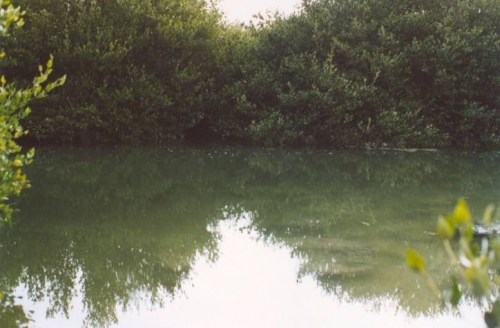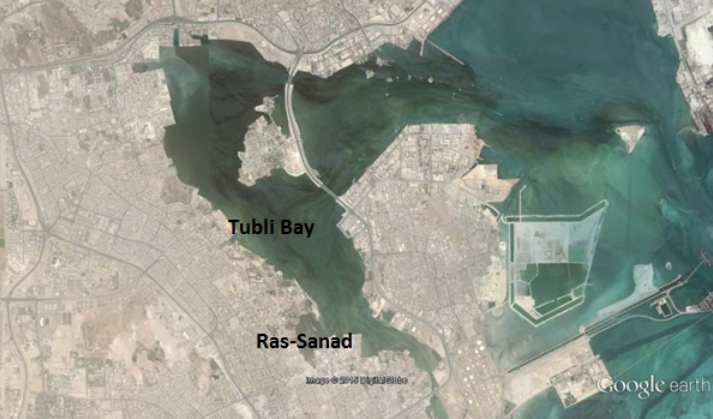New project on way to boost mangrove cover in Bahrain, combat climate change impacts
TDT | Manama
The Daily Tribune – www.newsofbahrain.com
Bahrain is moving ahead with a new project to improve the cover of mangroves in the Kingdom as part of a critical strategy that aims to mitigate the impacts of climate change.
Mangrove forests are known to sequester significant amounts of carbon from the atmosphere and store it in their roots and soil, making them effective carbon sinks.
According to a tender by the Ministry of Municipalities Affairs and Agriculture, the new project aims to preserve the Kingdom’s coastal biodiversity, mitigate the impact of climate change and enhance the resilience of coastal communities.
To ensure its success, the Kingdom also plans to import mangrove seeds from neighbouring countries having species and habitats similar to that of the Kingdom. The tender says the Ministry is offering a two-year contract to those interested in contributing the process.
A successful contractor should have to import mangrove seeds matching Bahrain’s ecology from neighbouring countries and plant them at various locations throughout the Kingdom. They should also operate nurseries in Tubli and Ras Hayan, transport the saplings to their planting locations, irrigate them with seawater, protect them from external threats, and ensure their cleanliness, maintenance, and ongoing monitoring, among other works.
Furthermore, the project also involves conducting various studies and assessments, and preparing reports to evaluate the effectiveness of the project and guide future conservation efforts.
Why mangroves are important to Bahrain?
It is worth noting that mangroves are of utmost importance to island nations as they serve as a natural barrier against the destructive forces of waves and storms, protecting coastlines from erosion and reducing the impact of storm surges.
The increase in sea level and the frequency and intensity of storms can result in severe coastal erosion, flooding, and saltwater intrusion. Mangroves play a crucial role in mitigating these impacts.
These trees also trap sediments and prevent them from being washed away, thereby reducing the risk of coastal erosion. Moreover, mangroves provide a habitat for a diverse range of plant and animal species, which are vital for the ecological health of island ecosystems.
Additionally, mangroves support the livelihoods of many coastal communities by providing resources such as timber, fish, and shellfish. A recent study on the overall surface covered by mangroves in the Arabian Gulf using satellite imagery has found that there are about 165 km2 of fragmented scattered mangroves, mostly intense in the United Arab Emirates.
It also pointed out that the species are found rarely in Kuwait is rare, but their population remained stable with a slight increase in areas like Bahrain, Qatar and Saudi Arabia.
Tubli Bay key to mangrove ecosystems
In Bahrain, Tubli Bay hosts the last standing natural mangrove ecosystems, where the natural mangrove plants, represented by a single species, Avicennia marina, are confined to few patches of sheltered muddy areas along the coastline of the bay.
The main aggregation of mangroves is reportedly in Ras-Sanad area (0.5 km 2 ), southwest of the bay. Water and sediment characteristics at Ras-Sanad area support the growth and development of mangrove plants.
A study investigating the composition of mangrove plant community in Tubli Bay during the years 2005 and 2010 indicated that the current area of mangroves is around 0.31 km2.
The mangroves in Ras-Sanad were declared as a nature reserve by the Environmental Protection Committee in 1986. Tubli Bay was declared as a protected area in 1995 based on the Ministerial Order No. 1 of 1995 with respect to Banning of Reclamation in Tubli Bay.
Related Posts


